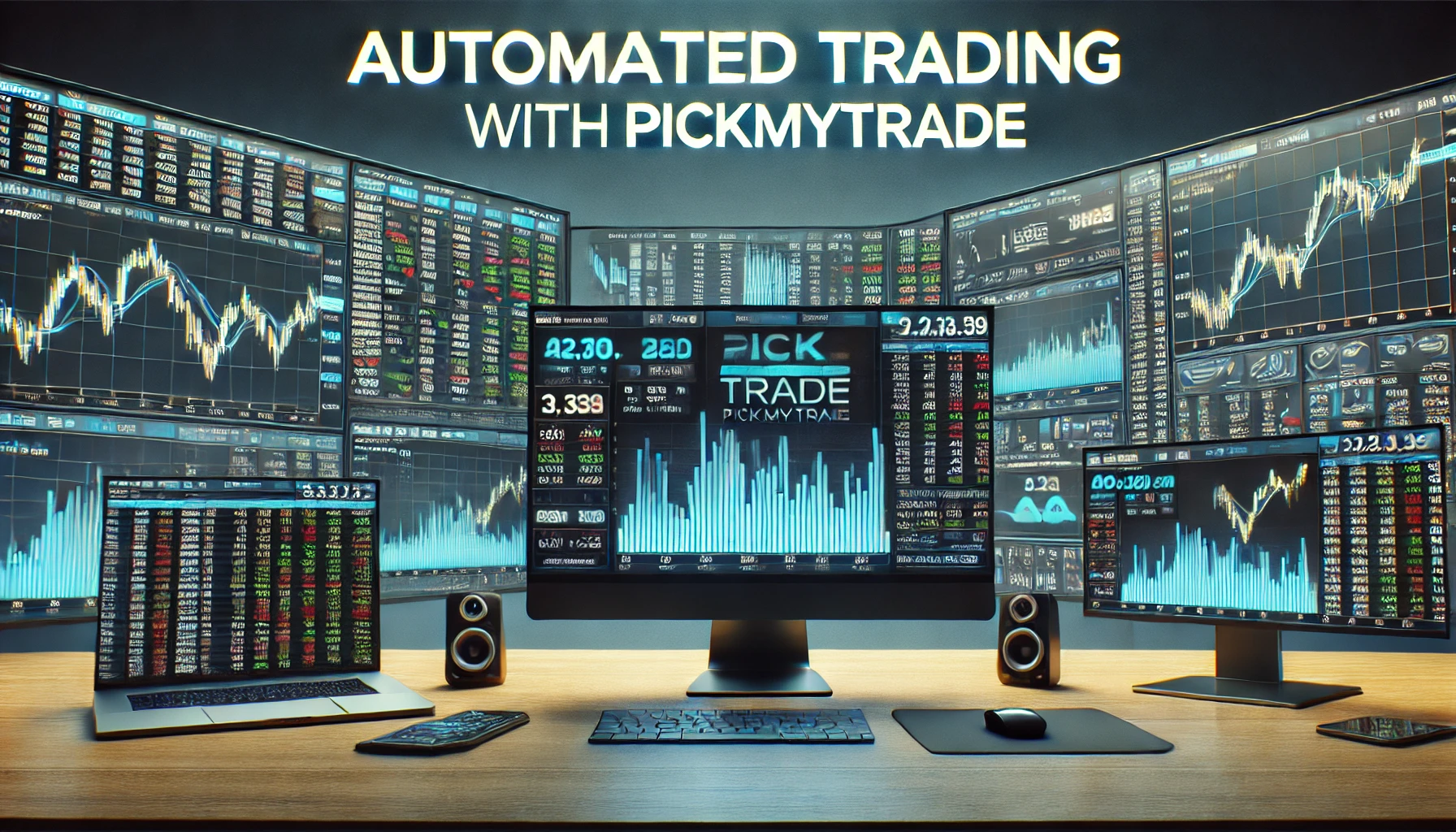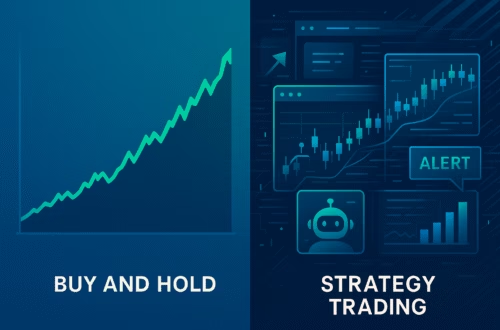Trading indices provide diversification and insights into market trends through methods like index options and ETFs, allowing traders to utilize strategic approaches for optimal results. It can be a rewarding venture for many traders, offering a diversified approach to market exposure. This guide will explore the key methods for trading indices, the pros and cons of each, and some strategies to help you get started.
Understanding Index Trading
Indices represent the performance of a group of stocks, providing a snapshot of the overall market or a specific sector. Popular indices include the S&P 500, NASDAQ 100, and Dow Jones Industrial Average. By trading indices, you gain exposure to the broader market without the need to invest in individual stocks.
Key Methods for Trading Indices
- Index Options:
- Pros: Flexibility in strategy, leverage, and the ability to hedge positions.
- Cons: Complexity, time decay, and potential for significant losses.
- Strategy: Use options to speculate on the direction of the index or to hedge other investments. Strategies like straddles, strangles, and spreads can be effective.
- Exchange-Traded Funds (ETFs):
- Pros: Diversification, liquidity, and ease of trading.
- Cons: Management fees and tracking errors.
- Strategy: Invest in ETFs to gain broad market exposure. Use them for long-term investment or short-term trading based on market trends.
Getting Started with PickMyTrade
PickMyTrade offers a robust platform that integrates with TradingView and Tradovate, allowing you to automate your index trading strategies efficiently.
Step 1: PickMyTrade Integration
- Register on PickMyTrade:
- Visit PickMyTrade and create an account.
- Once registered, sign in and verify your email address.
- Click on the “Login” button to access your dashboard.
- Connect to Tradovate:
- On the top of the PickMyTrade dashboard, you will see “Tradovate Disconnected.”
- Click on this notification, which will redirect you to the Tradovate login screen.
- Enter your Tradovate credentials to connect your account. Once connected, the status will change to “Tradovate Connected.”
Step 2: Setting Up TradingView Alerts
- Create a TradingView Account:
- If you don’t have an account, sign up on TradingView.
- Open a chart of the index you want to trade.
- Define Your Strategy:
- Utilize TradingView’s extensive library of indicators and drawing tools to design your trading strategy.
- Set an Alert:
- Configure an alert based on your trading conditions. In the alert notification settings, use the webhook URL provided by PickMyTrade:
https://pickmytrade.trade/api/add-trade-dataand click Save.
- Configure an alert based on your trading conditions. In the alert notification settings, use the webhook URL provided by PickMyTrade:
Step 3: Automating Order Execution
Once your trading conditions are met, PickMyTrade will automatically execute the trade via Tradovate. This integration ensures that your index trading strategies are managed efficiently, leveraging real-time market data and pre-defined strategies.
Benefits of Using PickMyTrade for Index Trading
- Automation: Streamline your trading process with automated order execution, reducing manual intervention.
- Reliability: PickMyTrade’s robust infrastructure ensures high reliability and low latency, crucial for successful index trading.
- User-Friendly: The platform is designed to be intuitive, making it accessible even for traders who are new to automated trading.
Conclusion
Trading indices can provide a balanced and diversified approach to market exposure. By utilizing tools like PickMyTrade, you can automate your strategies, ensuring efficient and timely execution of your trades. Whether you’re using index options or ETFs, understanding the pros and cons of each method will help you develop a robust trading strategy.
Start your journey with index trading on PickMyTrade today and unlock the potential of automated trading.




We are a bunch of volunteers and opening a brand new
scheme in our community. Your web site offered us with valuable info to
work on. You have done a formidable activity and our entire
group will be thankful to you.
webpage
Greetings! Very helpful advice in this particular article!
It’s the little changes that make the most significant changes.
Thanks a lot for sharing!
casino en ligne
Good day! Do you know if they make any plugins to assist with
SEO? I’m trying to get my blog to rank for some targeted
keywords but I’m not seeing very good success. If you know of any please share.
Many thanks!
casino en ligne
It’s really a cool and helpful piece of information. I’m glad that you simply shared
this helpful info with us. Please keep us informed like
this. Thank you for sharing.
casino en ligne
Excellent website. Plenty of helpful info here.
I am sending it to a few pals ans also sharing in delicious.
And naturally, thanks to your sweat!
casino en ligne
Hello would you mind sharing which blog platform you’re working with?
I’m planning to start my own blog in the near future but I’m having a tough time choosing between BlogEngine/Wordpress/B2evolution and Drupal.
The reason I ask is because your design and style seems different then most
blogs and I’m looking for something unique. P.S Apologies for getting off-topic but I had to ask!
casino en ligne
Superb website you have here but I was curious
if you knew of any discussion boards that cover the same topics discussed in this article?
I’d really like to be a part of online community where I can get advice from other experienced people that share the same interest.
If you have any recommendations, please let me know.
Kudos!
casino en ligne
I simply could not depart your site prior to suggesting that I actually
loved the usual information a person provide on your visitors?
Is going to be again often to check out new posts
casino en ligne
I got this site from my friend who told me concerning this site and now this time I am browsing this web page and reading very informative posts at this place.
casino en ligne
Pretty nice post. I just stumbled upon your blog and wished to say that I have truly loved browsing your blog posts.
After all I’ll be subscribing for your feed and I’m hoping you write again very
soon!
casino en ligne